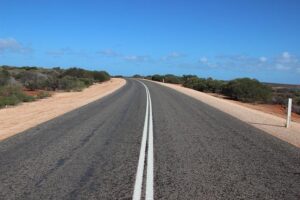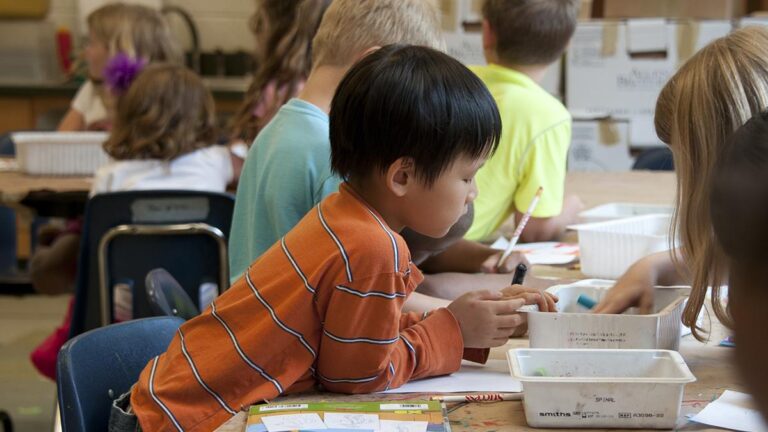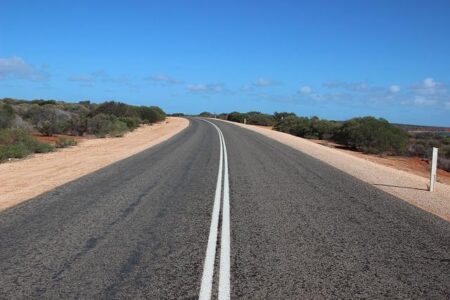A recent report has placed Arizona at the bottom of the nation in terms of public education quality, highlighting significant challenges facing the state’s schools. According to the findings published by AZ Family, Arizona ranks worst among all states on key education metrics, raising concerns about funding, student performance, and resource allocation. Education advocates and policymakers are responding to the report’s alarming conclusions as they seek solutions to improve learning outcomes for Arizona’s students.
Arizona Education Ranking Exposes Critical Shortcomings in Funding and Resources
Arizona’s public education system has been thrust into the spotlight after a recent comprehensive report revealed the state ranks lowest nationwide in both funding and access to essential resources. The study highlights glaring disparities in per-pupil spending, teacher salaries, and student support services, which have led to diminished academic outcomes and widened achievement gaps. Key factors contributing to Arizona’s ranking include:
- Underfunded schools: Arizona spends significantly less per student compared to the national average, leaving classrooms crowded and materials outdated.
- Teacher shortages: Low wages and limited professional support have driven many educators out of the profession, causing persistent vacancies.
- Lack of support programs: Insufficient investments in counseling, special education, and extracurricular activities hinder student engagement and well-being.
These systemic challenges not only affect educational quality but also impact long-term economic prospects for students and communities. Below is a summary comparing Arizona’s education funding metrics with the national figures:
| Metric | Arizona | National Average |
|---|---|---|
| Per-Pupil Spending | $7,500 | $13,000 |
| Average Teacher Salary | $47,000 | $65,000 |
| Student-to-Teacher Ratio | 23:1 | 16:1 |
Impact of Low Performance on Arizona Students and Community Growth
The persistent low performance in Arizona’s public education system is not just a challenge for students but a pressing concern for the entire community. Students struggling to meet educational benchmarks face diminished opportunities for higher education and meaningful employment. This leads to a ripple effect—lower graduation rates contribute to a less skilled workforce, hampering local economic growth and innovation. Communities witness higher dropout rates, increased youth unemployment, and widening social disparities, ultimately affecting the state’s long-term prosperity.
Moreover, the state’s reputation suffers, deterring businesses and families from settling in Arizona. The strain on public resources grows as underperforming schools require additional interventions, often without sufficient funding. The consequences are starkly illustrated in the following overview of key indicators:
| Indicator | Arizona | National Average |
|---|---|---|
| High School Graduation Rate | 78% | 85% |
| Reading Proficiency (Grade 8) | 32% | 42% |
| Student-Teacher Ratio | 24:1 | 16:1 |
| Per Pupil Spending | $7,500 | $12,000 |
- Economic stagnation: A direct consequence of an undereducated workforce.
- Social challenges: Increased rates of poverty and crime linked to education gaps.
- Community disengagement: Reduced civic participation and local investment.
- Health disparities: Educational achievement correlates strongly with long-term health outcomes.
Experts Call for Increased Investment and Policy Reform to Elevate Public Schools
Leading education specialists emphasize that Arizona’s low ranking is a direct consequence of chronic underfunding and outdated policies that fail to meet the evolving needs of students and educators. They argue that increased financial investment is crucial not only for improving infrastructure but also for attracting and retaining quality teachers, expanding curricular offerings, and supporting student mental health programs. Without substantial reforms, experts warn, Arizona risks further widening the educational attainment gap compared to other states.
Advocates are urging policymakers to consider the following critical changes:
- Boosting per-student funding to national average levels.
- Implementing teacher salary increases to reduce turnover.
- Expanding access to early childhood education programs.
- Modernizing curriculum standards to include STEM and digital literacy.
- Enhancing community engagement to address local challenges.
| Key Metric | Arizona | National Average |
|---|---|---|
| Per-Student Spending | $9,300 | $13,200 |
| Teacher Turnover Rate | 18% | 12% |
| Early Education Enrollment | 40% | 55% |
Community Leaders Urge Collaborative Efforts to Address Educational Inequities
In response to the alarming report ranking Arizona as the worst state in the nation for public education, community leaders across the state have come together to call for unified action. They emphasized that the challenges faced by Arizona’s education system are complex and multifaceted, requiring a collective response from educators, policymakers, parents, and nonprofit organizations. Many leaders highlighted the urgency of addressing disparities that disproportionately affect students from underfunded and historically marginalized communities.
To foster impactful change, these leaders have proposed several priority areas, including:
- Increasing equitable funding to ensure all schools have the resources they need.
- Expanding access to early childhood education and advanced learning programs.
- Improving teacher retention by enhancing professional development and compensation.
- Strengthening community partnerships that support student well-being beyond the classroom.
They believe that this collaborative model is essential not only to reverse the current ranking but to build a sustainable framework that uplifts every student in Arizona.
| Key Issues | Proposed Solutions |
|---|---|
| Funding Gaps | Equity-based budget reallocations |
| Teacher Shortages | Competitive salaries and mentorship |
| Access to Programs | Expand Early Learning Centers |
| Community Engagement | Partnership-driven initiatives |
Key Takeaways
The recent report ranking Arizona as the worst state in the nation for public education highlights significant challenges facing the state’s schools, students, and educators. As policymakers, communities, and stakeholders digest these findings, the focus now turns to identifying and implementing effective solutions to improve educational outcomes. With continued attention and investment, Arizona can work toward reversing this troubling trend and ensuring a stronger future for its public education system.







